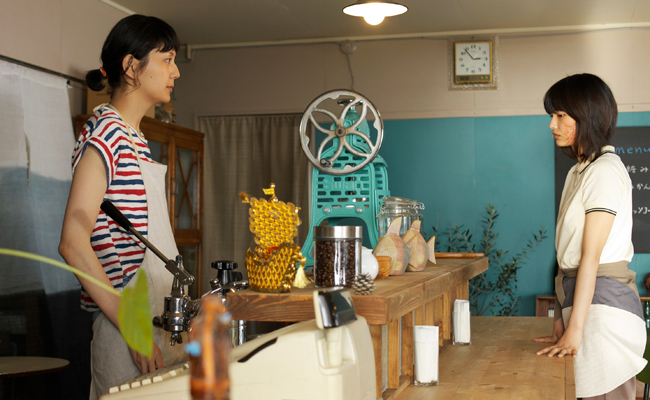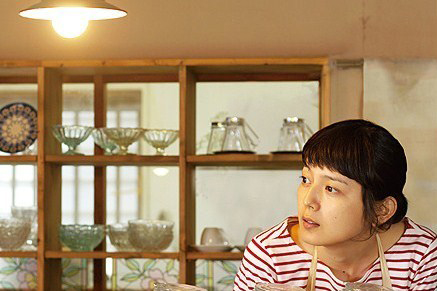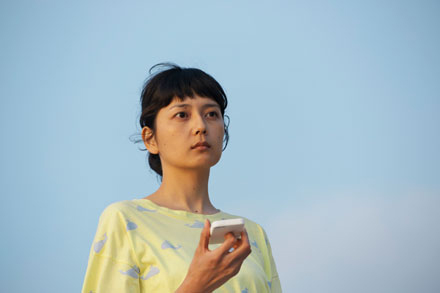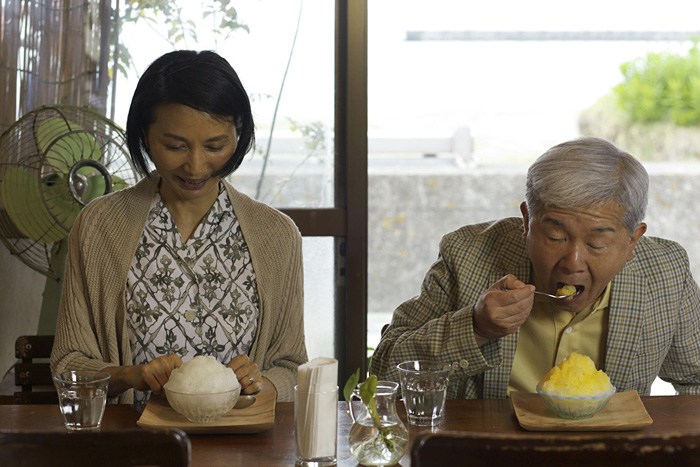18th(2016)
There Is No Lid on the Sea
 트레일러 재생
트레일러 재생
TOYOSHIMA Keisuke
- Japan
- 2015
- 84min
- DCP
- color
- Fiction
Migration/Residence
SYNOPSIS
SYNOPSIS
Mari leaves the city to return to her hometown.
There, she meets a troubled burn victim, Hajime.
Together, two girls find new life in a dying town.
Missing her hometown by the coast, Mari quits her job in the city and returns home to start a business making shave ice, a dessert she loves. One day, she finds herself taking in a spiritually and physically wounded young woman named Hajime, who has burn marks on her face and has recently lost her beloved grandmother. Mari takes Hajime on to help with the shop, but opens to very few customers. Mari senses a growing rift between her and the locals who have watched their town’s fortunes sour. This summer story is about two girls looking for a fresh start.
PROGRAM NOTE
In this film, there are many elements similar to
those so-called Japanese \'healing cinema\' which
has gotten popular since the 2000s in Korea: an
escape to the hometown from the exhausting city
life, a lover-turned-friend, a cafe beside the beach, a
rather monotonous shaved ice carrying out the cafe
master\'s resolution (which does not necessarily suit
customers\' preference or timlely trends), a reserved
freind in the process of healing her own wounds, a
unfamiliar place inciting hunger for travel etc. What is
missing in this film, however, is the optimistic mood,
and thus there is no whatsoever definite sense to
healing. The sea in There Is No Lid on the Sea is
neither quiet nor vibrant, and neither clean nor much
contaminated. It is a sea which gives us feeling of
uncertainty and vagueness; anxiety and ominousness
are scattered all over the film. The film opens with
the frontal face of Mari, a face that looks tired and
helpless. Osamu leaves the hometown in despair and
anger over his failure, and Hajime jumps into the sea
for the last time before she goes off to Africa only to
get stung by jellyfishes. Nonetheless, Hajime leaves
for Africa, and the cafe is taken care of by Mari. The
only agreement she reaches after all is to add a
strawberry shaved ice on the menu. While this film
does not attempt to defy any hope for escape and
healing, it does not adopt an overly optimistic attitude
at the same time. [HWANG Miyojo]
PROGRAM NOTE
SYNOPSIS
Mari leaves the city to return to her hometown.
There, she meets a troubled burn victim, Hajime.
Together, two girls find new life in a dying town.
Missing her hometown by the coast, Mari quits her job in the city and returns home to start a business making shave ice, a dessert she loves. One day, she finds herself taking in a spiritually and physically wounded young woman named Hajime, who has burn marks on her face and has recently lost her beloved grandmother. Mari takes Hajime on to help with the shop, but opens to very few customers. Mari senses a growing rift between her and the locals who have watched their town’s fortunes sour. This summer story is about two girls looking for a fresh start.
PROGRAM NOTE
In this film, there are many elements similar to
those so-called Japanese \'healing cinema\' which
has gotten popular since the 2000s in Korea: an
escape to the hometown from the exhausting city
life, a lover-turned-friend, a cafe beside the beach, a
rather monotonous shaved ice carrying out the cafe
master\'s resolution (which does not necessarily suit
customers\' preference or timlely trends), a reserved
freind in the process of healing her own wounds, a
unfamiliar place inciting hunger for travel etc. What is
missing in this film, however, is the optimistic mood,
and thus there is no whatsoever definite sense to
healing. The sea in There Is No Lid on the Sea is
neither quiet nor vibrant, and neither clean nor much
contaminated. It is a sea which gives us feeling of
uncertainty and vagueness; anxiety and ominousness
are scattered all over the film. The film opens with
the frontal face of Mari, a face that looks tired and
helpless. Osamu leaves the hometown in despair and
anger over his failure, and Hajime jumps into the sea
for the last time before she goes off to Africa only to
get stung by jellyfishes. Nonetheless, Hajime leaves
for Africa, and the cafe is taken care of by Mari. The
only agreement she reaches after all is to add a
strawberry shaved ice on the menu. While this film
does not attempt to defy any hope for escape and
healing, it does not adopt an overly optimistic attitude
at the same time. [HWANG Miyojo]
Director
-
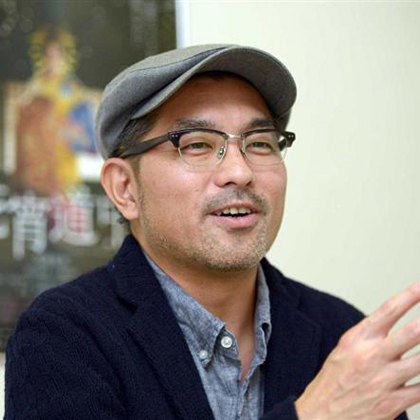
TOYOSHIMA Keisuke TOYOSHIMA Keisuke
설명 준비중입니다.
Credit
- ProducerKANO Naoto
- Cast KIKUCHI Akiko, MINE Azusa, KOBAYASHI Yukichi
- Screenwriter KUROSAWA Hisako
- Cinematography TODA Yoshihisa
- Art director KOSEKI Koji
- Editor KIKUI Takashige
- Music UNAMI Taku


